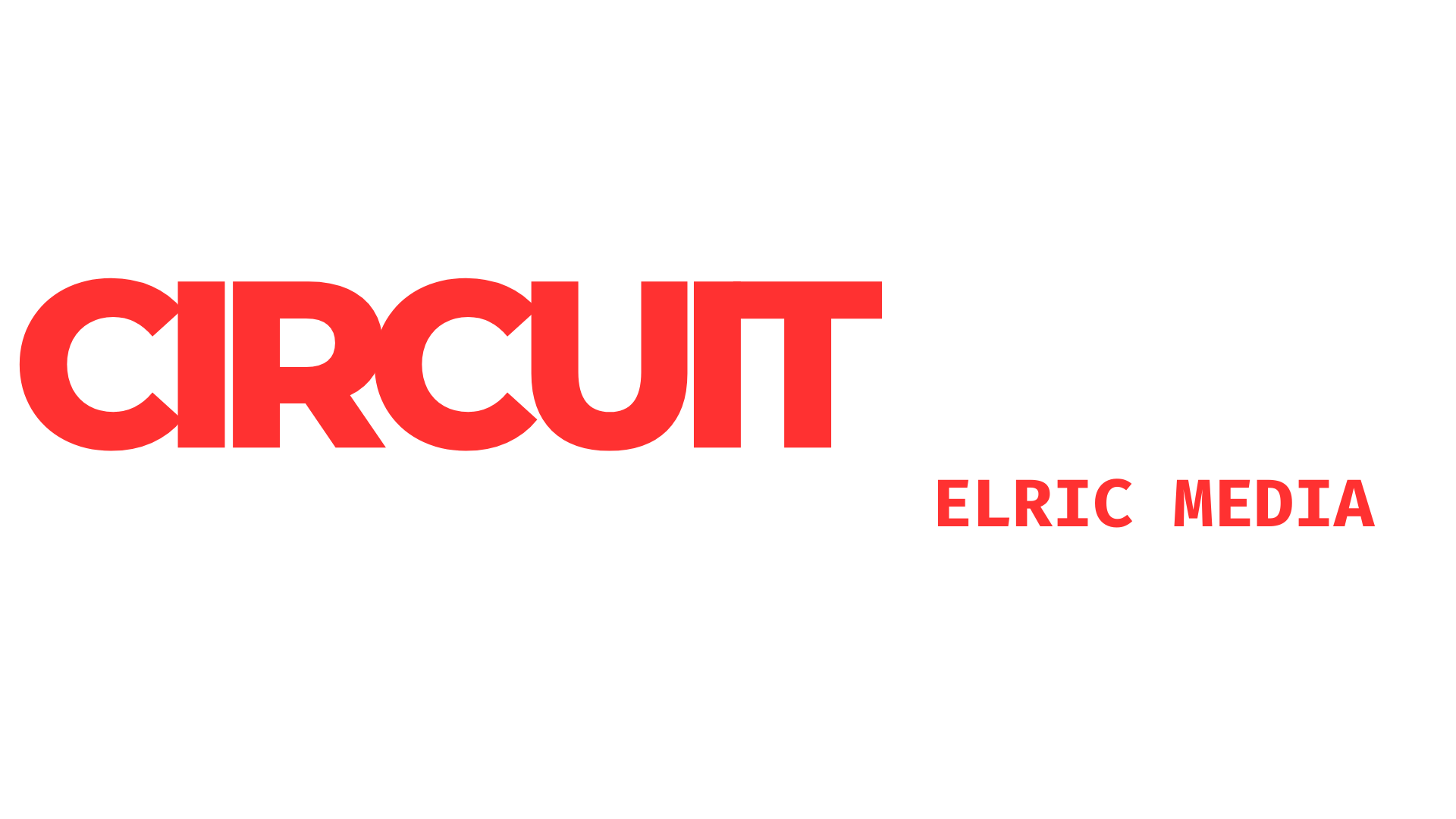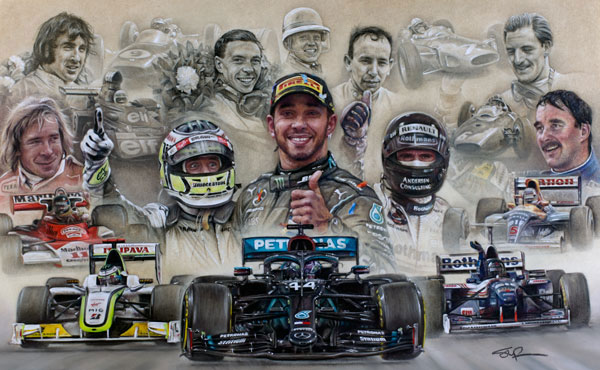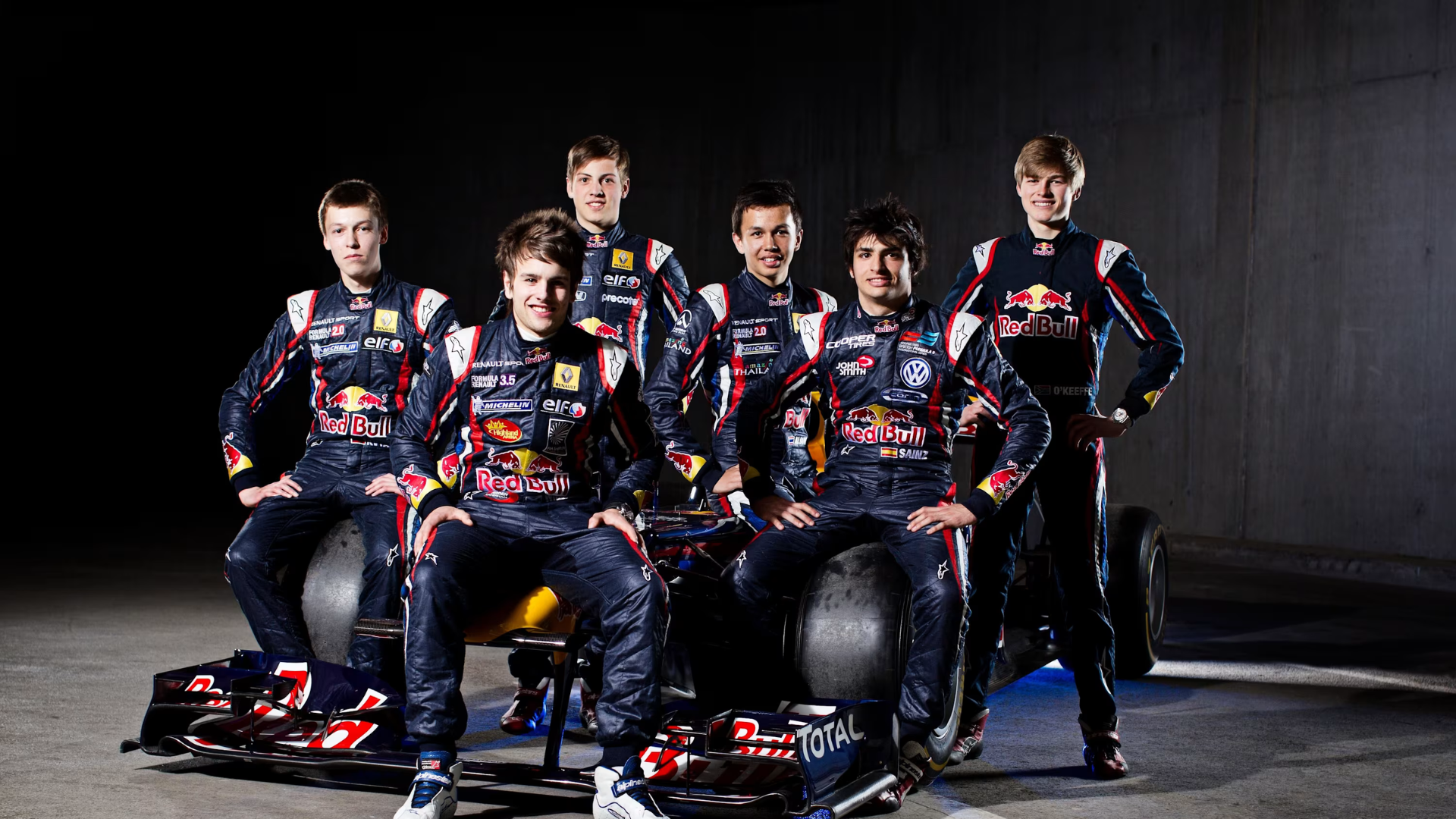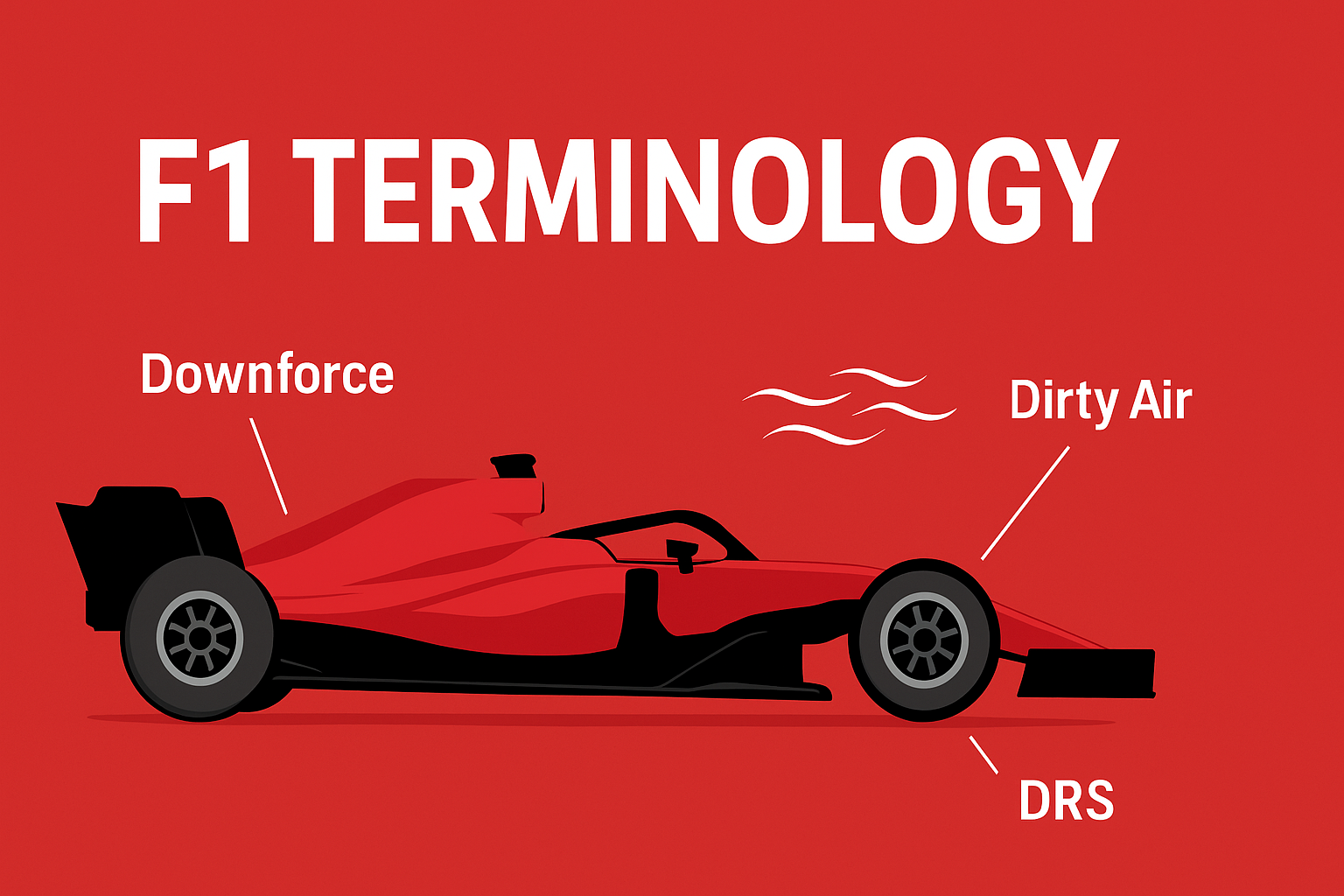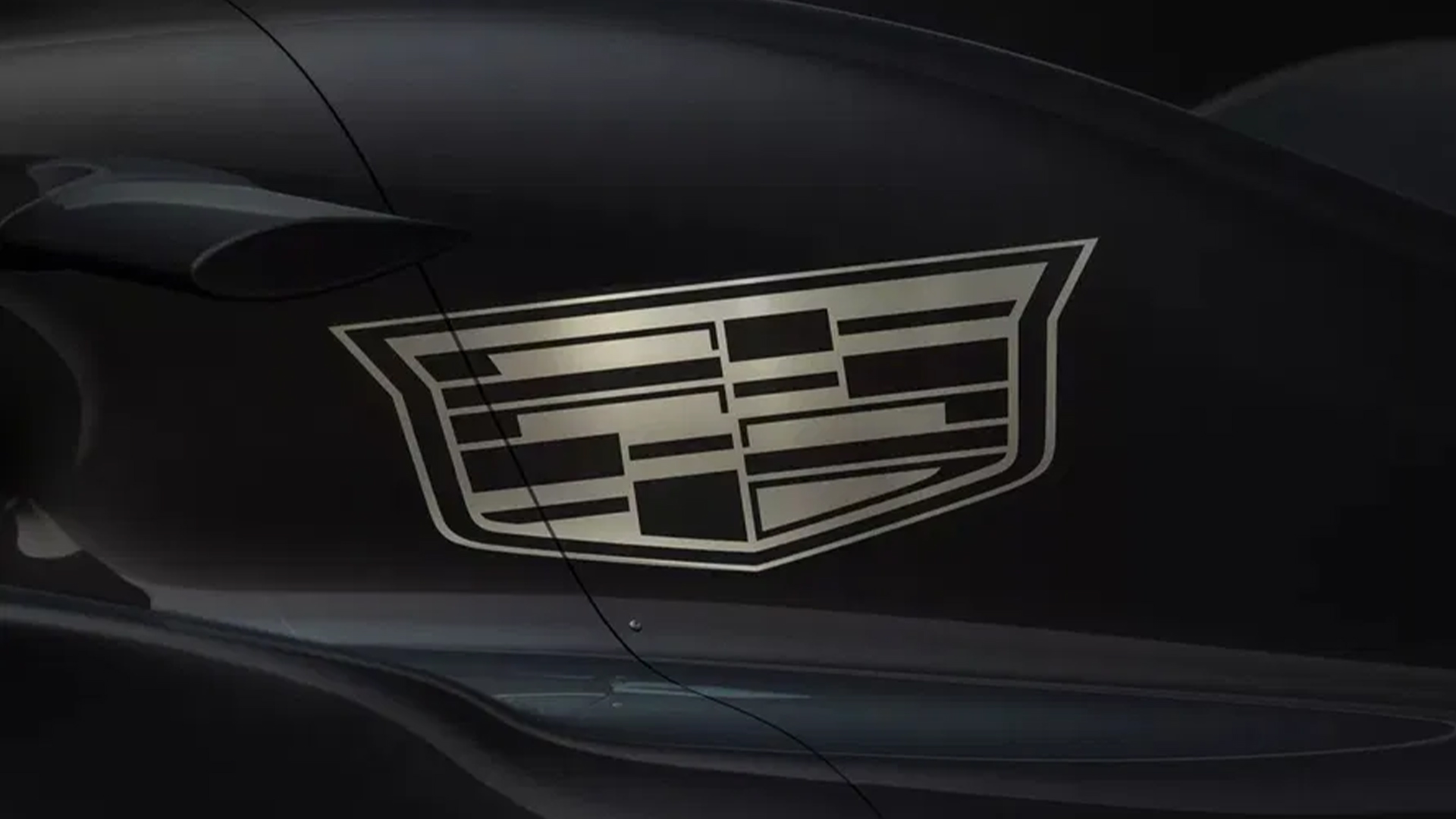Picture: Cadillac F1
Last update: 12/06/2025
Potential Drivers for the 2026 Cadillac F1 Team
The Cadillac F1 team has officially received approval to join the grid in 2026. This marks a truly significant moment for the sport, bringing an 11th team to the pinnacle of motorsport. Backed by General Motors and TWG Motorsports, the team will initially debut with Ferrari power units before developing their own engine for use in a future season. This strategic entry in 2026 aligns with the introduction of major new regulations for power units and aerodynamics. This timing allows Cadillac to build their car from the ground up for these new rules, rather than adapting an existing design. This unique opportunity means all teams face a learning curve, somewhat leveling the playing field for all.
A crucial question now emerges: who will be the potential drivers to pilot these new machines? The choices will profoundly shape Cadillac’s initial performance and long-term trajectory in the highly competitive Formula 1 landscape.
The Search for Experience: Veteran Drivers
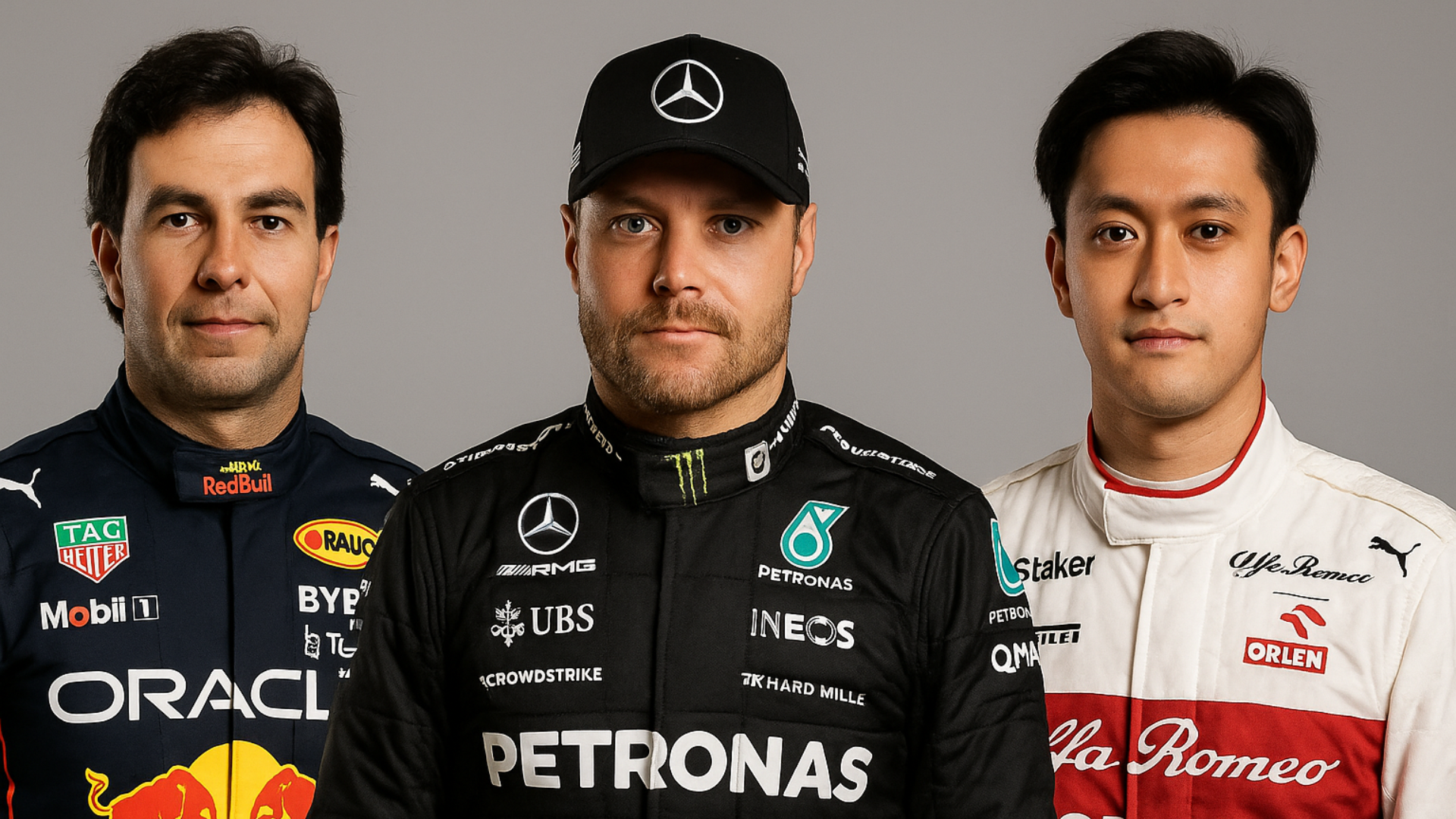
For a new team entering Formula 1, experienced drivers are invaluable. They offer crucial technical feedback, help develop the car, and provide stability. This is especially true with the sweeping new technical regulations arriving in 2026. Experienced drivers understand tire degradation, race strategy, and how to extract performance from challenging machinery. Their calmness under pressure and ability to provide precise feedback are vital for a team building from scratch.
The need for experienced drivers for a new team mirrors Red Bull’s early strategy with David Coulthard. Coulthard brought stability and development expertise to a starting Red Bull team. Cadillac needs a similar figure. This is not just about raw speed; it is about guiding the team, providing consistent feedback, and setting a professional benchmark. This model suggests one experienced driver might be enough if paired with a fast rookie. Experienced drivers can significantly shorten the learning curve for a new team, particularly regarding the complex 2026 regulations. They have adapted to past rule changes, understanding how to interpret data and provide feedback for entirely new car philosophies. They also possess a deeper understanding of the interplay between power unit, aerodynamics, and chassis. This ability to bridge the “knowledge gap” is critical, meaning Cadillac could potentially hit the ground running faster than if they relied solely on rookies. The opportunity to “start from scratch” and “make a big influence on certain things” is a direct benefit of an experienced driver’s input.
Valtteri Bottas: A Proven Performer
Valtteri Bottas stands out as a strong candidate. He has an impressive record of 10 Grand Prix wins, 20 pole positions, and 67 podiums across 12 seasons. Bottas finished runner-up in the World Drivers’ Championship twice with Mercedes. He also achieved strong results with Williams, a team that was not always at the front of the grid. This experience with both dominant and less competitive cars demonstrates a rare adaptability, allowing him to provide feedback on a wide range of car behaviors. This is crucial for a new team developing a car from zero, as they need a driver who can identify issues across different performance envelopes.
Bottas is currently a reserve driver for Mercedes in 2025. He has openly expressed interest in the Cadillac F1 project, calling it “very interesting”. He believes his experience across three different teams would be a significant asset. He highlights the opportunity to “start from scratch” and “make a big influence” on the team’s direction. His tenure at Mercedes, a highly technical team, suggests strong car development skills. Top teams demand highly precise and consistent technical feedback for continuous development, and Bottas would have been instrumental in refining Mercedes’ dominant cars. This makes him ideal for Cadillac, as he understands the nuances of top-tier F1 car development and can guide engineers from day one.
Zhou Guanyu: Ferrari Ties and Development Acumen
Zhou Guanyu is another experienced driver linked to Cadillac. He raced for Alfa Romeo/Sauber from 2022-2024, scoring 16 points over 68 Grands Prix. He is currently a Ferrari reserve driver for 2025. This is a significant connection, as Cadillac F1 will use Ferrari power units until 2029. Zhou’s current Ferrari reserve role and past experience with Ferrari-powered Sauber cars offer immediate technical synergy. He has direct experience with the Ferrari power unit, understanding its characteristics, strengths, and weaknesses. This familiarity means less time spent on basic engine integration and more time on chassis development, allowing Cadillac to leverage his knowledge from day one.
Zhou’s team principal at Cadillac, Graeme Lowdon, also manages him. This existing relationship could smooth his transition into the new team. Juan Pablo Montoya, an ex-F1 race winner, believes Zhou would be a “perfect fit” alongside Perez due to his Ferrari knowledge. Zhou has shown resilience and consistency despite driving uncompetitive cars. He can provide valuable feedback for car development. Beyond his driving abilities, Zhou’s Chinese nationality brings a significant commercial advantage. As the first Chinese F1 driver, he offers immense sponsorship and fan engagement opportunities in a rapidly growing market. While Cadillac is a major brand, the initial $450 million anti-dilution fee means additional revenue streams are welcome. Zhou’s marketability could attract significant commercial backing, offsetting some of the team’s initial investment.
Sergio Perez: Another potential candidate for 2026
The dynamic world of Formula 1 driver movements has recently seen a significant development: Sergio Perez and Red Bull Racing have officially parted ways at the end of the 2024 season. While Perez had previously signed a contract extension keeping him at Red Bull until 2026, reports confirm that a mutual agreement was reached for an early departure. This news dramatically reopens the door for Perez as a potential driver for other teams, including the incoming Cadillac F1 outfit.
Perez’s departure from Red Bull, despite his prior contract, means that a highly experienced and race-winning driver is now on the market for 2026. His five victories and numerous podiums during his time with Red Bull, along with his crucial role in their Constructors’ Championship successes, highlight his proven ability to perform at the sharp end of the grid. For a new team like Cadillac, securing a driver with such a robust F1 resume, who has worked within a championship-winning environment and understands the demands of top-tier car development, would be an invaluable asset. Perez’s experience in providing detailed feedback and adapting to evolving car characteristics could be precisely what Cadillac needs to hit the ground running with their new power unit regulations. His availability instantly makes him one of the most prominent names on the list of experienced talents Cadillac will undoubtedly be scrutinizing as they finalize their 2026 lineup.
Paul Aron: Alpine’s Rising Star

Picture: Alpine F1
Another strategic option for Cadillac F1 is to pair an experienced veteran with a promising rookie. This approach allows the team to build for the long term while benefiting from immediate feedback. Rookies bring raw speed and fresh perspectives. However, they often require more guidance and time to adapt to the complexities of F1 cars and race strategy.
The rookie-veteran pairing reflects a balance between future potential and immediate stability. A rookie represents a long-term investment, potentially becoming a future star, while a veteran provides immediate performance, development guidance, and consistency. For a new team, this pairing mitigates risk. The veteran ensures the car development progresses steadily, while the rookie learns without immense pressure to carry the team. It is a calculated gamble on future success, grounded by present stability.
Paul Aron is a promising young talent. He finished third in the 2024 FIA Formula 2 Championship, securing one win, four pole positions, and eight podiums. Aron is currently an Alpine F1 Reserve Driver for 2025. He has already tested an F1 car, completing 121 laps in Abu Dhabi. Aron has shown strong adaptability to new cars and a willingness to learn in his reserve role. Alpine’s Executive Advisor Flavio Briatore believes Aron is “one of the best talents”.
Aron’s proven ability to adapt to new F2 chassis and quickly get “up to speed” is crucial for 2026. The 2026 F1 regulations introduce completely new cars. Teams will need drivers who can quickly understand and extract performance from an unfamiliar package. Aron’s adaptability means he could potentially get comfortable with the new Cadillac F1 car faster than some peers. This provides a competitive edge, especially in the early stages of the 2026 season when all teams are learning. Aron’s dedication to his reserve driver role, even without racing, highlights a valuable learning mindset. He is learning “as much as he is willing to” as a reserve driver, listening to briefings, and focusing on feedback. This proactive learning, especially in the simulator, is vital for a new team. Simulator work is a primary tool for car development in modern F1. A driver who actively engages in learning and simulator feedback can become a key development asset. Aron’s approach suggests he could contribute significantly to the car’s evolution, not just its performance on track.
Strategic Driver Pairings for Cadillac F1
Cadillac F1 has two seats to fill, allowing for various strategic pairings. The team must weigh immediate performance against long-term development.
Option 1: Two Experienced Drivers
This pairing would involve two seasoned veterans.
- Pros: This option offers maximum stability, immediate feedback for car development, strong racecraft, and consistent tire management. This combination would be ideal for navigating the new 2026 regulations, as experienced drivers can quickly adapt to new car philosophies and provide precise input for setup changes. Bottas and a veteran like Zhou could form a solid, reliable pair. Their combined knowledge would accelerate the team’s understanding of the new machinery.
- Cons: This approach offers less long-term potential for nurturing a future star, as both drivers would likely be in the latter stages of their careers. It could also entail higher salary costs and potentially less “raw speed” compared to a hungry rookie.
Option 2: Veteran and Rookie Combination
This pairing balances immediate development needs with long-term potential.
- Pros: The veteran guides the rookie, providing a benchmark and sharing knowledge gained from years in the sport. This is a common strategy for new teams, allowing the veteran to lead development while the rookie gains crucial F1 mileage and experience. For example, Bottas paired with Paul Aron would combine seasoned expertise with youthful ambition. This pairing allows Cadillac to build a strong technical base while simultaneously investing in a long-term driver solution.
- Cons: A rookie might take time to get up to speed, potentially leading to inconsistent results in the first season. The new regulations in 2026 could exacerbate this learning curve for a newcomer.
The veteran-rookie pairing offers the optimal balance between risk and reward for a debutant team. Two veterans provide immediate stability but limit future growth. Two rookies would be too risky for a new team, especially with new regulations, as they need strong development feedback. The veteran-rookie combination is the “sweet spot.” The veteran ensures the car’s foundation is solid and provides crucial development direction, while the rookie can be groomed for future success. This aligns with the idea of building a “long-term driver.”
Furthermore, the financial outlay for Cadillac’s entry, particularly the reported $450 million anti-dilution fee, might influence the team’s willingness to consider drivers who bring sponsorship. This large investment might tempt Cadillac to consider “pay drivers” or drivers who come with substantial commercial backing. While talent is paramount, the financial aspect could subtly influence decisions, especially for the second seat. A driver like Zhou, who brings marketability, becomes even more attractive. This adds a layer of complexity to the “ideal” driver pairing, as financial viability might be as important as raw pace in the short term.
Conclusion: The Road Ahead for Cadillac F1
Cadillac F1 is taking a patient approach to driver selection, not rushing decisions. They are speaking with several drivers, focusing on interest levels and motivations. This unhurried approach suggests confidence in their project and a desire to capitalize on future market shifts. The F1 driver market is fluid, with many contracts ending in 2025. Waiting allows Cadillac to observe driver performance throughout 2025 and see if any unexpected high-caliber drivers become available. This patience is a strategic advantage, allowing them to make the most informed decision possible. It also signals that they are building a long-term project, not just a quick fix.
The 2026 regulation changes will be a major reset for all teams, potentially allowing a new entrant to make an impact if they “get it right from the get-go”. Starting from zero under new regulations offers a unique opportunity for drivers to shape the team’s technical direction. For a driver, especially an experienced one, this is incredibly motivating. They can “make a big influence on certain things, which direction to go”. This is a rare opportunity in F1, where most teams have established philosophies. This “blank slate” becomes a powerful recruitment tool, appealing to drivers who want a significant role in a team’s development, not just a seat. It suggests Cadillac is looking for partners in their journey, not just employees. The team is already assembling top-tier talent and expanding facilities in Fishers, Indiana, Charlotte, North Carolina, and Silverstone, England. The anticipation for Cadillac’s debut, and the eventual reveal of their driver lineup, continues to build.
Circuitalks.com is an F1 blog dedicated to delivering in-depth analysis, breaking news, and exclusive insights into the world of Formula 1. Focused on providing a comprehensive perspective for passionate F1 fans globally, Circuitalks.com covers everything from race weekends and driver performances to technical developments and behind-the-scenes stories. We strive to connect F1 enthusiasts with the latest information and engaging content.
Recent Posts
-
The Most Successful Nationalities in F1: Which Countries Dominate the Sport?
-
The Hardest F1 Race: Why is F1 Singapore Grand Prix Hard for Drivers
-
Paul Aron F1 Dream: How He Compares to Other F1 Prospects
-
Senna’s 1988 Monaco Qualifying Lap: When Time Stood Still
-
The Most Dominant F1 Car: RB19
-
Greatest F1 Rivalries of All Time
-
Red Bull Junior Team: Forging Champions and Dominating the F1 Grid
-
F1 2026 Driver Lineup: Confirmed Seats & Cadillac’s Entry
-
Understanding F1 Terminology: Your Guide to Key Formula 1 Terms
-
Potential Drivers for the 2026 Cadillac F1 Team
